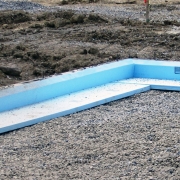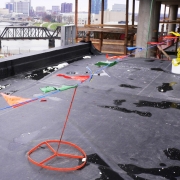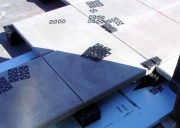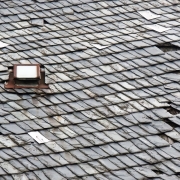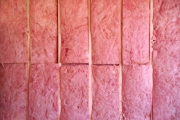Board insulation, also referred to as foam-plastic board insulation, can be used in many areas of building construction to provide thermal resistance. It is appropriate for use under concrete floor slabs, at foundation walls, in wall cavities, as a backer material for remodeling with new siding, and in a wide range of roofing applications. Foam plastic boards encompass three types: polystyrene, polyisocyanurate, and polyurethane. All types of foam-plastic board insulation panels need to be protected from the damaging ultraviolet effects of the sun. Additionally, foam-plastic insulation should be protected from fire as it will emit dense smoke containing toxic gases. Unfaced foam-plastic insulation boards used in construction are required by codes to be completely concealed in fire resistant materials. Glass fiber resin mixtures and mineral wool are also manufactured in board products for use in construction applications. Blanket, foamed-in-place, loose-fill, blow-in and sprayed type insulations are summarized in other sections.
